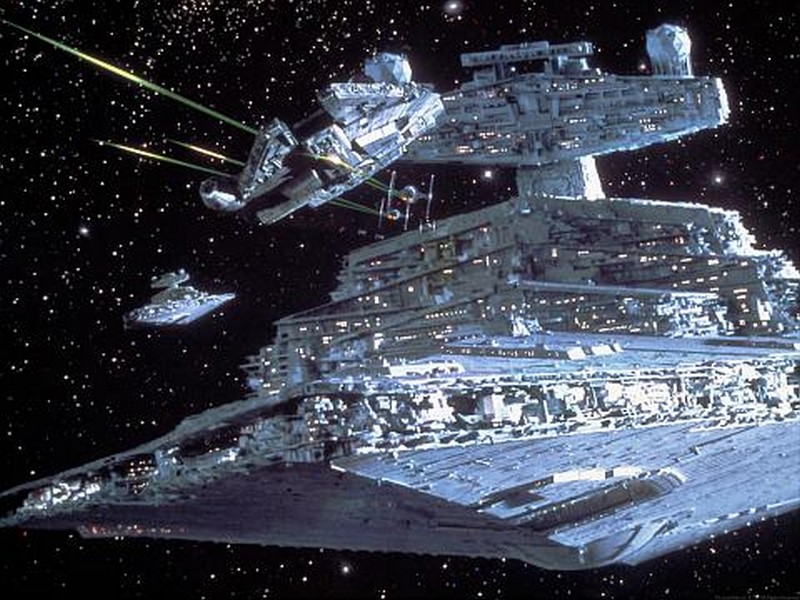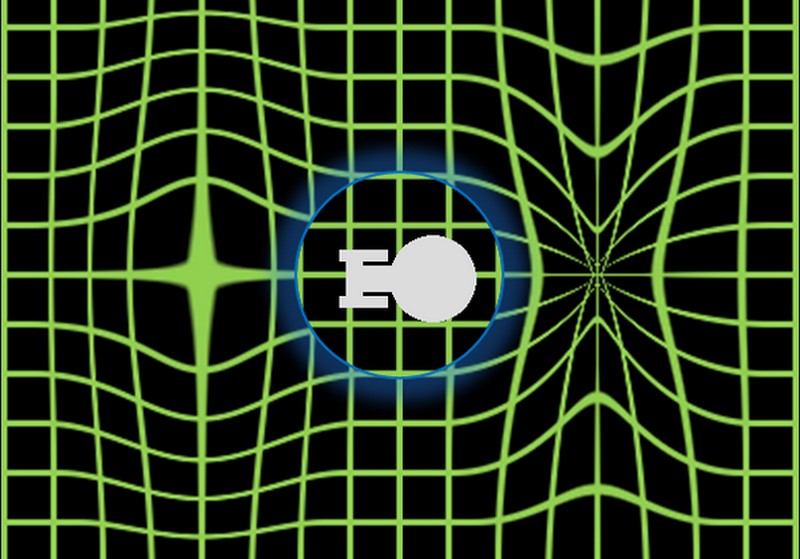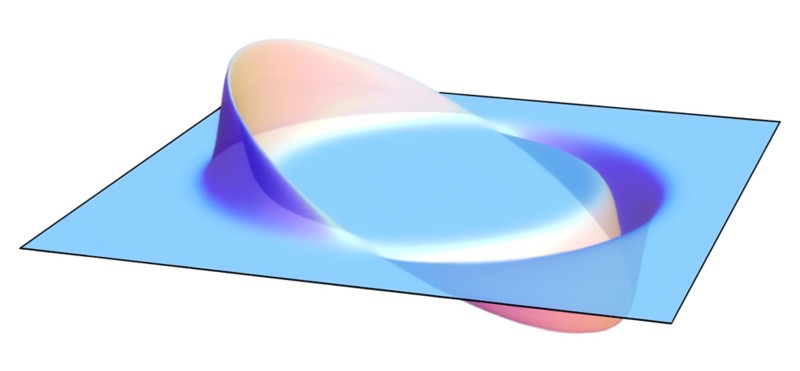Faster-than-Light Space Travel: Is It Really a Possibility? Are Warp Drives Real?
Forgive us for riding on the Star Wars bandwagon once more but since this blog failed to feature this development, reported earlier this year as something that NASA may have accidentally developed, it might be apt to do this post now. Is it really possible for a spaceship to travel at speeds comparable to or faster than light? What’s the latest in this endeavor?
Faster than Light Travel in Science Fiction
Fortunately, science fiction writers have a sense of physics that they did not simply create stories of spaceships traveling at the speed of light without disintegrating and killing all passengers. Instead, in Star Wars for example, they introduced the concept of hyperspace or a space parallel to the space we know, wherein the traditional laws of physics don’t apply. In hyperspace, problems like the need for extreme navigation precision and time dilation don’t exist. In Star Trek, on the other hand, starships make use of what are referred to as warp drives. These warp drives lead to something called subspace through which starships enjoy the benefit of not being subjected to the laws of traditional physics.
Can Subspace and Hyperspace Be Real?
Unfortunately, until now there are no scientific evidences that support the existence of concepts like subspace and hyperspace. They remain in the realm of science fiction. However, there are some comparable ideas that have some scientific backing. The Alcubierre drive proposed by Mexican theoretical physicist Miguel Alcubierre, for instance, suggests a solution to Einstein’s theory of general relativity, offering a possibility for traveling great distances by simply passing through warp points. Still, the amount of energy required to create a warp drive are impossible to attain and many physicists argue that the Alcubierre solution fails to take into account the principles of quantum mechanics. The effects of quantum mechanics can invalidate the whole idea of an Alcubierre drive.
NASA’s ‘Accidental’ Development of a Star Wars Tech
Around April this year, there were reports that NASA accidentally developed a Star Wars technology, particularly the ability to travel (on a spaceship) at speeds faster than light. This happened while a group of researchers were doing tests with the EmDrive resonance chamber, one of the proposed ways for faster propulsion in space which is electrically powered and comes with the advantages of no not involving moving parts and not requiring material fuel. The scientists unintentionally accelerated the particles within the EmDrive to extreme speeds, some even going faster than the speed of light.
The scientists detected a signature or interference pattern on the EmDrive that resembles that of a warp bubble’s. Accordingly, the maths underlying a warp bubble matches the one on the interference pattern found in the EmDrive. Warp bubble here refers to the warp-drive spacetime or the Alcubierre drive, which enables the formation of a warp bubble on a previously flat spacetime and movement at superluminal speed.
To emphasize, there is still no faster-than-light space traveling technology yet. What is being insinuated as a precursor to superluminal warp-based travel technology accidentally created by NASA is not even close. Until now, it continues to be unexplored. It has not even successfully allowed a small particle to travel through a warp, let alone an actual spaceship with human passengers.
Established Laws and Theories of Physics Still Indisputable
Until now, it’s still impossible to travel faster than light. While the popularly held idea in the olden days that nothing can go faster than the speed of sound was thoroughly smashed, the prospects aren’t as bright when it comes to faster-than-light travel. In particular, under the special theory of relativity, an infinite amount of energy is required to accelerate something to the speed of light. Also, if something is made to travel at extremely fast speeds, it becomes heavier and heavier until it reaches some point when it is no longer possible to travel faster. This was proven by an MIT experiment in 1964 wherein electrons were accelerated to different speeds. It was found that the electrons became heavier and reached some point when they could no longer accelerate.
Moreover, a test conducted by physicists Richard Keating and Joseph Hafele involving “super accurate” cesium atomic clocks showed that time ultimately stops as something is made to accelerate to the speed of light. In their test, they flew the atomic clocks set at the same time to various locations around the world (through airliners). When the clocks were brought back, the times they registered were no longer consistent with the control clock in the laboratory. This is indicative of how time slows down as something travels faster.
For now, as disappointing as it may sound, we have to live by the fact that traveling at speeds faster than light is still beyond our current technological capability and scientific knowledge. Still, it shouldn’t be wrong to hope that someday it can be possible. Someday, someone might finally be able to solve the extreme difficulties posed by superluminal travel.


